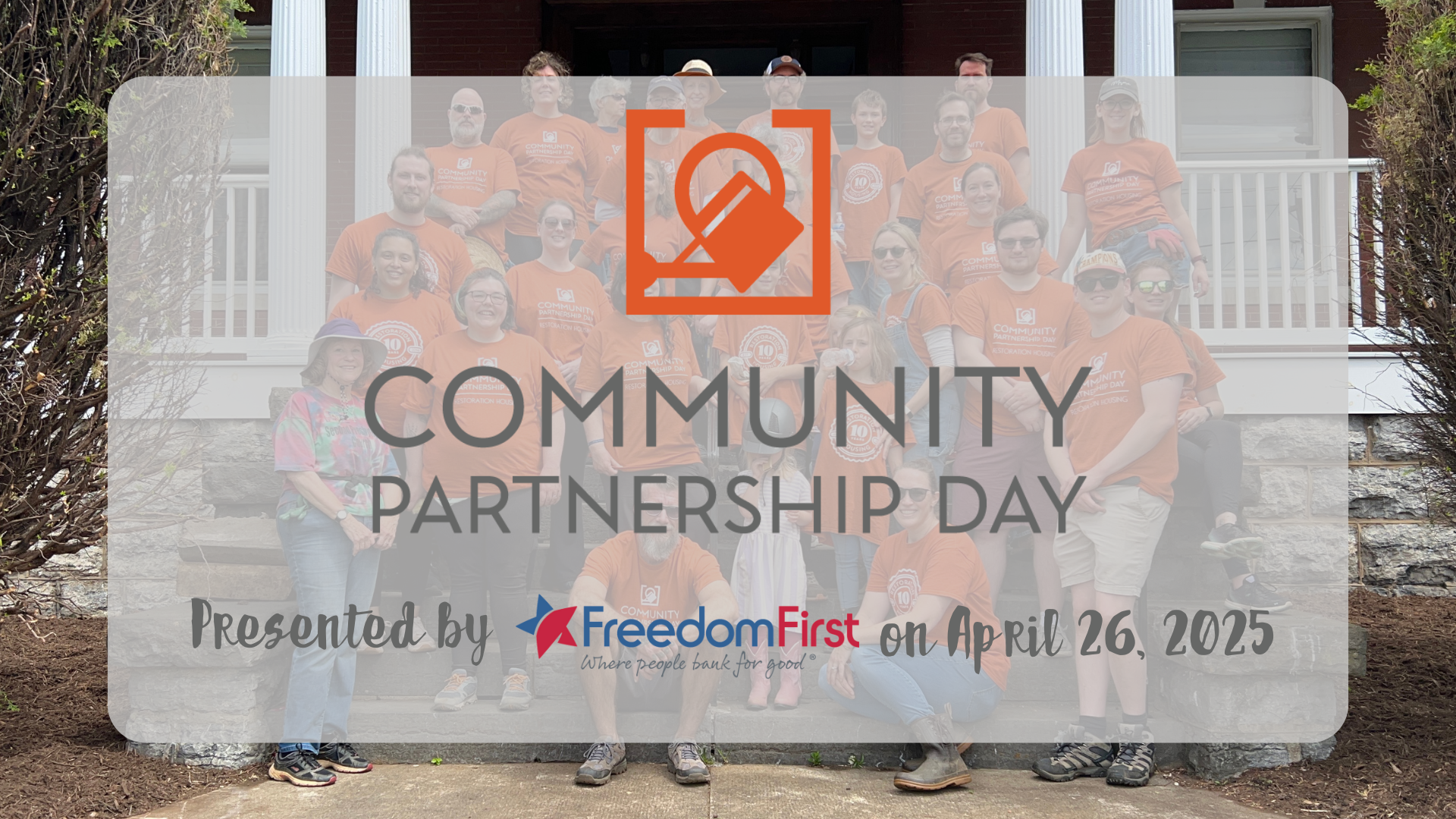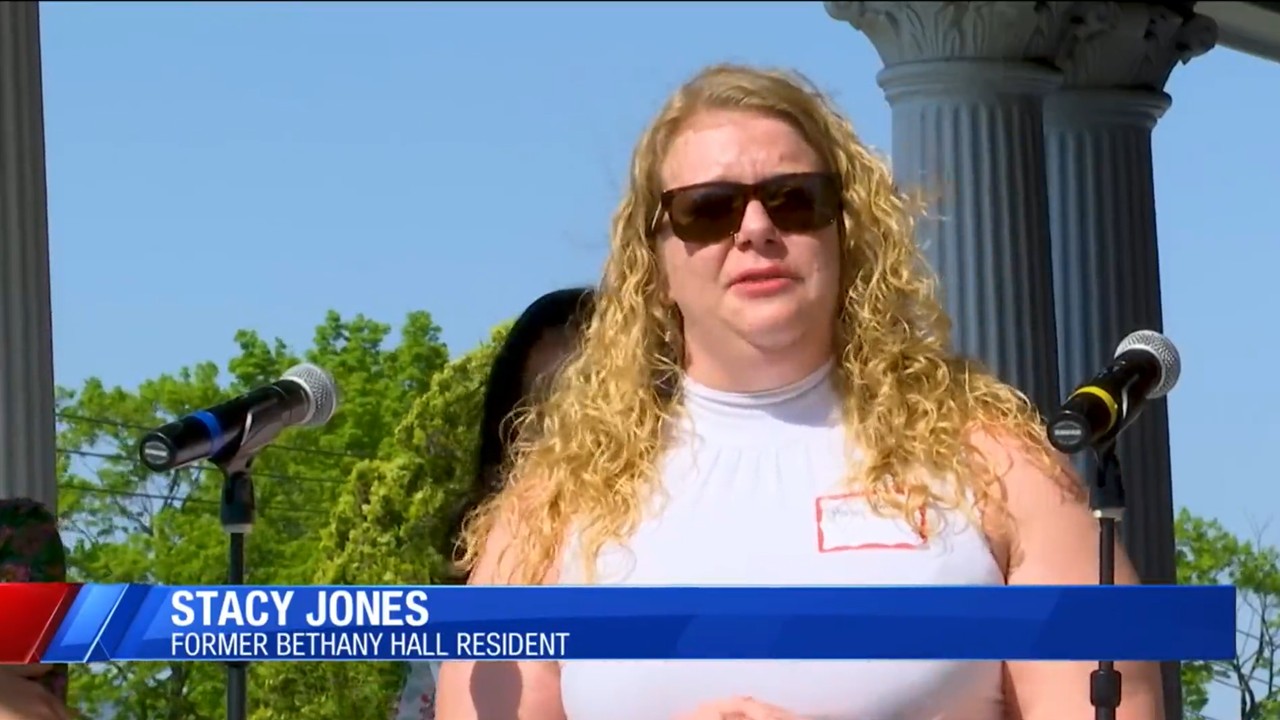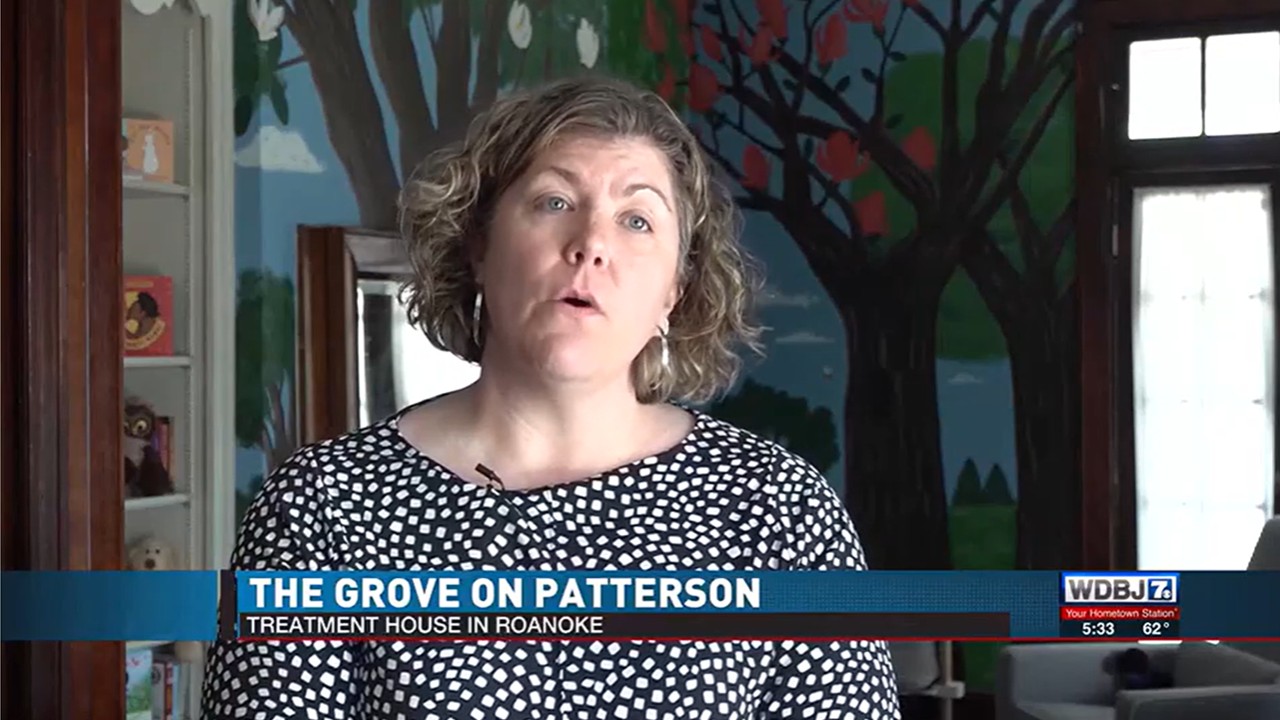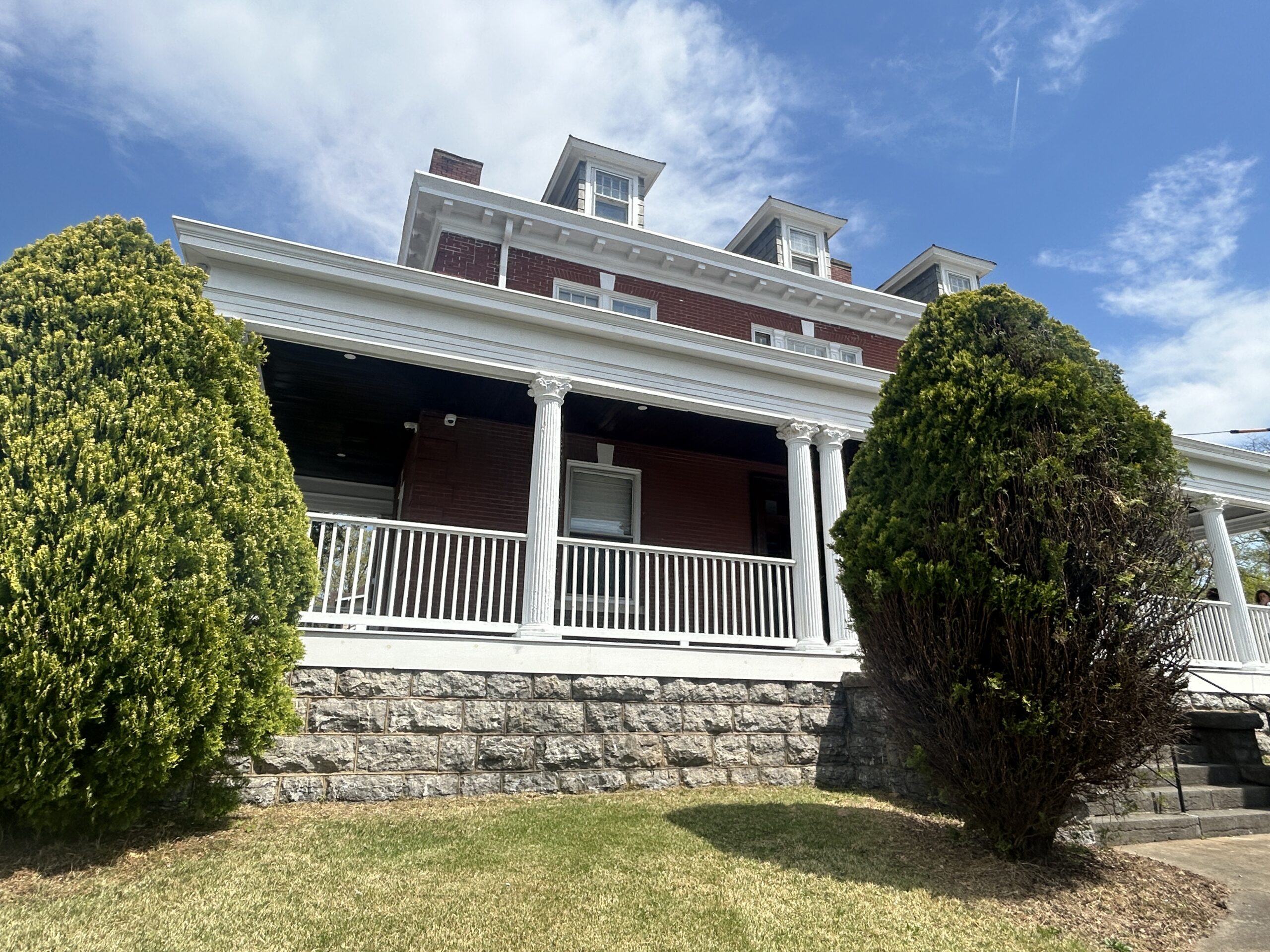The Allison family moved into 530 Day Avenue in 1919, three decades after the large Queen Anne home was built on a tree-lined street in the Old Southwest neighborhood of Roanoke, Virginia. The family enjoyed the home for several decades, using the space in varying ways to accommodate economic fluctuations. In 1936, the family welcomed their first rental tenant, a nurse named Laura Payne. By the 1940s, after years of the Great Depression, the family increased the number of tenants they shared their space with to help make ends meet during a turbulent era.
Almost one hundred years after the Allisons moved into 530 Day, Restoration Housing, a nonprofit affordable housing developer located in Roanoke, purchased the property after it sat vacant for over ten years. The organization worked to secure historic tax credits, fundraised for pre-development costs, requested—and was granted—a special exception from the Board of Zoning Appeals to increase the property’s density to allow for two units, and brought the house back to life from a severe state of disrepair through a year-long construction overhaul. Once complete in early 2017, Restoration Housing welcomed two families making 80 percent of the Area Median Income (also considered ‘workforce housing’) into two high-quality rental apartment units with historic hardwood floors, original doors, windows, and trim, all new appliances, and custom cabinetry.
The resulting duplex is what some might call Missing Middle Housing—light-density, affordable housing choices that are compatible in size with their single-family neighbors and located in walkable, human-scaled neighborhoods. Middle Housing is often used to describe methods of designing new construction, yet the building blocks needed to create the missing middle already exist in cities’ historic neighborhoods across the country. These neighborhoods were developed with a variety of housing choices, but also with compatible massing, fenestration, orientation, and setbacks to their single-family neighbors.
“Most of our properties were built around the turn of the century when Roanoke was rapidly growing as a railroad hub. These historic homes and their surrounding neighborhoods were much more complex and dynamic in their uses at that time and allowed homeowners to employ a slight increase in density to their homes during an economic downturn,” says Restoration Housing’s Executive Director, Isabel Thornton. That light density increase is usually all but nonexistent in post-war neighborhoods with single-family zoning. However, Ms. Thornton is quick to point out that “the original housing stock in historic cities across America inherently embodies the principles of Missing Middle Housing, with many in need of reinvestment and low to moderate-income residents needing better options than what is usually available among affordable rental housing. Historic preservation needs to be a part of the conversation. Trying to build our way out of the housing crisis can be an uphill battle. Let’s look for opportunities within the existing built environment too.”
Restoration Housing’s most recently completed project in the Belmont neighborhood of Roanoke is a great example of how this model can work. The circa-1890 Folk Victorian home underwent a six-month-long restoration after several years of vacancy and disrepair and will now house two families making between 50 and 60 percent of the Area Median Income at an affordable rent. This property historically housed multiple tenants while maintaining the rhythm and massing of its neighbors. Restoration Housing was able to preserve its original density due to a more flexible, mixed-residential zoning district that allowed the property to remain two-family by right. 920 Stewart Avenue is part of a series of targeted investments in the Belmont neighborhood by Restoration Housing that will ultimately provide seven units of affordable housing authentically integrated into the historic fabric. This targeted investment not only benefits the families and individuals who will call 920 Stewart home, but also strategically eradicates the blight and vacancy that has plagued the neighborhood for decades.
Restoration Housing has experienced some roadblocks with their model, mainly when it comes to zoning. Although Roanoke does have a progressive zoning code with form-based elements, it is still Euclidean in nature. Restoration Housing requires some form of density to keep rents affordable and cover the substantial overhead costs of owning and maintaining large historic homes. The houses are often so big (3,200 square feet in several cases) that the rental costs for a single family to occupy them would price most people out of the neighborhood. As a result, the organization is limited to properties that are located in either flexible zoning districts or in districts where a special exception can be granted to allow for multiple units.
Because these projects are often located in neighborhoods with an acute need for more quality, affordable housing, affordability is a key component. These neighborhoods have long lacked both public and private investment, and while most of the rents in surrounding properties are considered affordable, living conditions are often substandard and unsafe. Restoration Housing is able to afford the high cost of construction through a scrappy combination of funding sources including fundraising, local foundation support, historic tax credits, and state and federal housing grants. All of these combined sources allow the dual mission of preservation and affordable housing to fill a niche service of middle housing development. “We like to think of ourselves as very practical preservationists,” says Maribeth Mills, the organization’s Development Coordinator. “We use the resources available through historic preservation with a broader interest in seeing thriving families and sustainable neighborhoods in our city.” It is fascinating to see that over a hundred years after 530 Day Avenue first prevailed as a flexible, light-density home, it continues to bring adaptability and inherent affordability to its neighborhood.
Maribeth Mills is Development Coordinator for Restoration Housing.
Isabel Thornton is Executive Director of Restoration Housing.
Restoration Housing is a female-driven, community-based developer focusing on the historic preservation of neglected architectural resources for the social benefit of low-income communities. At the core of everything Restoration Housing does is the belief that all people, regardless of circumstance, deserve to live in strong, healthy communities and dignified housing–the catalyst being the investment in our historic built environment.




